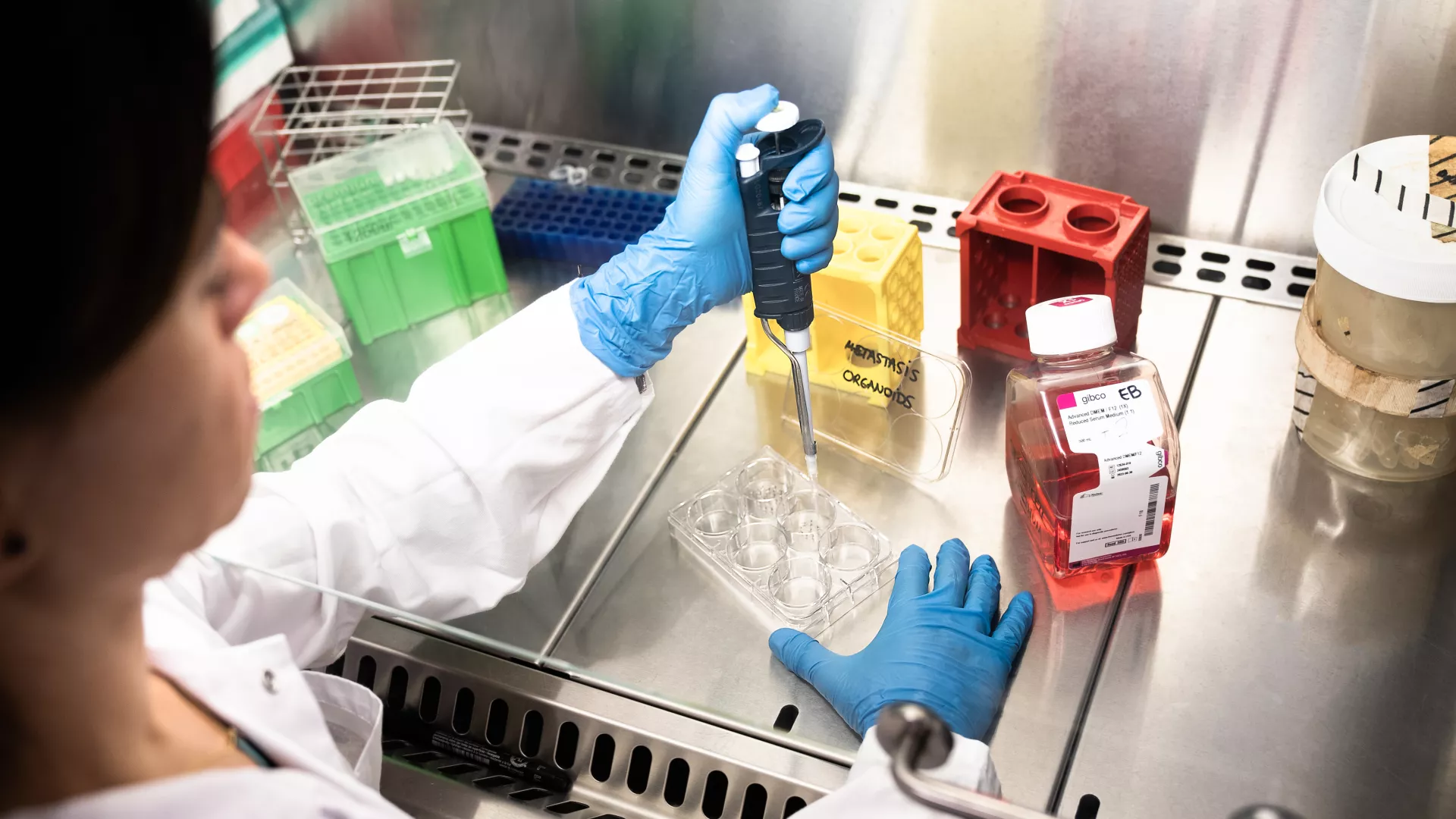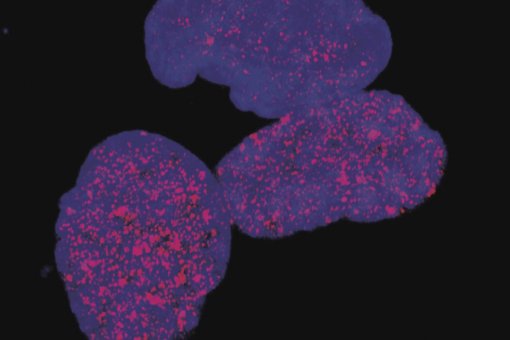Contact

The research, published in the journal Nature Genetics, has addressed the genome of 100 patients with leukaemia and identified that more than 1000 genes are mutated in the development of this disease.
This study is a significant step forward to achievement of the objectives set out by the Spanish Chronic Lymphocytic Leukaemia Genome Consortium.
A group of Spanish researchers, among these IRB scientists Modesto Orozco, Josep Lluís Gelpí and Romina Royo, from the Joint Computational Biology Programme with the Barcelona Supercomputing Center, have opened up new avenues of research on cancer. This has been achieved by sequencing the coding part of the genomes of more than 100 patients and also their tumours. “The analysis of an extraordinary amount of information involved in a project of this type would be an almost impossible without the support of supercomputation. We are currently handling more than about 30Tb of data, which will be multiplied by 30 at the end of the study”, explains Modesto Orozco.
Published in the journal Nature Genetics, this study is headed by the researchers Elías Campo, from the Hospital Clínic- IDIBAPS and the University of Barcelona, and Carlos López-Otín, from the University of Oviedo, and has involved the participation of 40 researchers belonging to the Spanish Chronic Lymphocytic Leukaemia Genome Consortium. This organization in turn forms part of the International Cancer Genome Consortium.
Keys of the study
“Chronic lymphatic leukaemia is the most frequent kind of leukaemia in developed countries, with more than 1000 new patients diagnosed each year in our country”, comments Elías Campo. “Our previous study provided the first clues about the mutations that cause the uncontrolled proliferation of B lymphocytes in these patients, but given the diverse mechanisms involved in tumour development, it is necessary to sequence the tumour genomes of many patients”.
Although it is known that cancer is a disease caused by the accumulation of gene damage in healthy cells, until now the identification of these changes was a slow and laborious process. Using new sequencing technologies, in this study the researchers have simplified this process by focusing on the exome, which is comprised by parts of the genes that hold the gene coding regions.
Following this approach, these scientists have been able to study the most relevant positions by sequencing only 2% of the 3,000 million nucleotides of a complete genome. The specific tumour mutations can be detected by comparing the exome sequence of tumour cells from each patient with the corresponding sequence from healthy cells from the same individual.
“This approach has allowed us to identify the most common mutations that occur during the development of this kind of leukaemia” adds López-Otín. “The analysis of more than 1000 mutated genes in the tumour cells of the 105 patients studied has revealed the participation of new biochemical pathways that may be highly relevant for the search for alternative treatments for this kind of leukaemia”, he concludes.
Campo and López-Otín comment that “the finding of recurrent mutations in the genome denominated SF3B1 is of special interest because this gene is involved in the maturation of RNA messengers, a crucial process in the cell cycle”.
Spanish Leukaemia Genome Consortium
Spanish Chronic Lymphocytic Leukaemia Genome Consortium (CLL Genome, www.cllgenome.es) is funded directly by 10 million euros from the Ministry of Science and Innovation, through the “Instituto de Salud Carlos III”, and forms part of the International Cancer Genome Consortium (ICGC, www.icgc.org). The ICGC was set up at the end of 2008, with the participation of 9 international research teams, among these the Spanish Chronic Lymphocytic Leukaemia Genome Consortium. A year ago the Journal Nature published an article about the ICGC which highlighted the potential of the results from this project for the development of new diagnostic methods and treatments for cancer, since the consortium plans to coordinate wide-scale sequencing and analysis of 500 tumour genomes from the 50 most frequent types of cancer.
On 7 July, Nature also published the breakthroughs made by the Spanish members of the ICGC. These were made based on the analysis of the first 4 complete genomes of patients with chronic lymphatic leukaemia. The study published yesterday in the same journal confirms the utility of faster methods to obtain genomic data and is a great contribution to the objectives set out by Spanish Chronic Lymphocytic Leukaemia Genome Consortium.
Reference article:
Exome sequencing identifies recurrent mutations of the splicing factor SF3B1 gene in chronic lymphocytic leukemia Nature Genetics (2011) (doi: doi:10.1038/ng.1032)
Article in June 2011 in Nature (aop)
About IRB Barcelona
The Institute for Research in Biomedicine (IRB Barcelona) pursues a society free of disease. To this end, it conducts multidisciplinary research of excellence to cure cancer and other diseases linked to ageing. It establishes technology transfer agreements with the pharmaceutical industry and major hospitals to bring research results closer to society, and organises a range of science outreach activities to engage the public in an open dialogue. IRB Barcelona is an international centre that hosts 400 researchers and more than 30 nationalities. Recognised as a Severo Ochoa Centre of Excellence since 2011, IRB Barcelona is a CERCA centre and member of the Barcelona Institute of Science and Technology (BIST).



